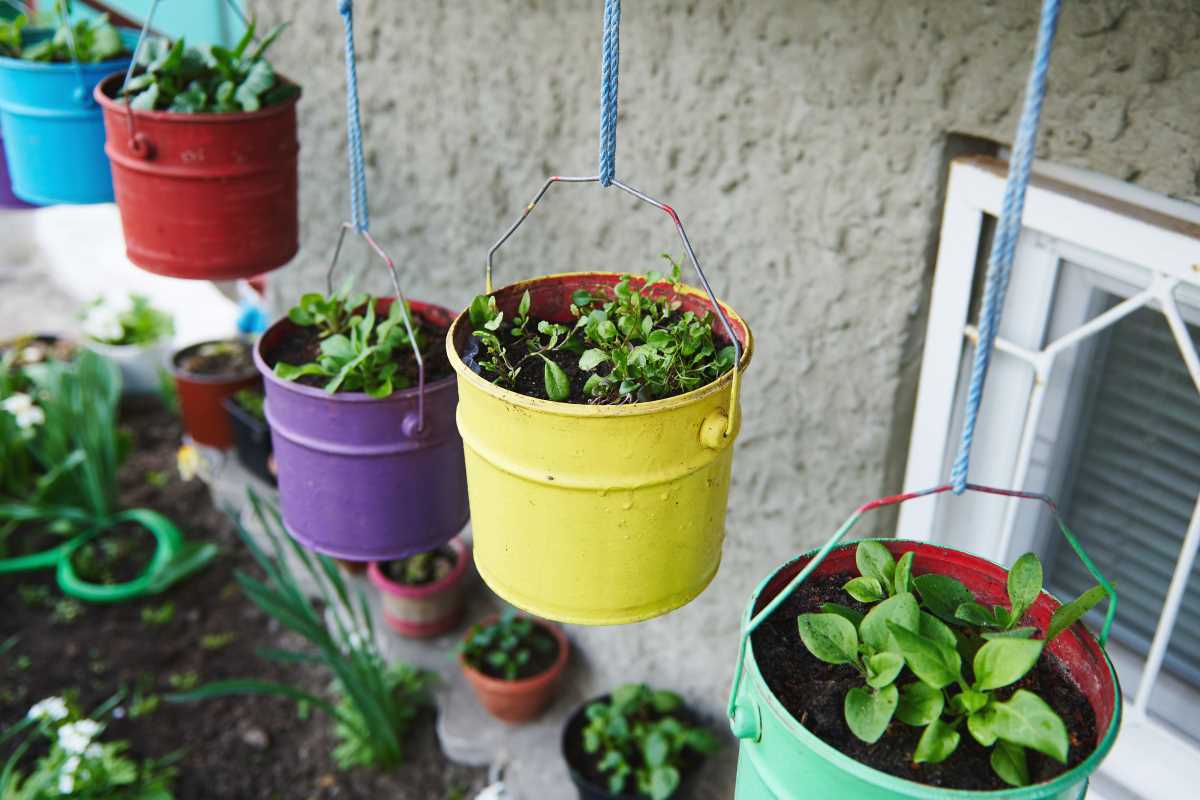Figuring out what to make for dinner every night can feel like a never-ending puzzle, especially when you’re juggling work, school, and family life. The daily question of "what's for dinner?" can add a lot of stress to an already busy schedule. That’s where meal planning comes in, and we’ve got you covered with simple hacks to make it a breeze. This powerful tool can save you time, money, and mental energy. This guide is here to walk you through practical, easy-to-follow strategies for family meal planning. We will explore simple tips to streamline your process, save time in the kitchen, and bring more joy back to your family meals.
Why Meal Planning Is a Game-Changer
Meal planning is the simple act of deciding what you’re going to eat for a set period, like a week, and creating a shopping list for the ingredients you'll need. It sounds straightforward, but its benefits are huge, especially for busy families. This small investment of time upfront can pay you back in countless ways throughout the week.
It transforms your evenings from a frantic scramble to a calm, organized process. You no longer have to stare into the fridge wondering what to cook. It also significantly cuts down on food waste, because you buy only what you need. Best of all, it empowers you to make healthier choices for your family by planning balanced, home-cooked meals instead of relying on last-minute takeout.
Getting Started: Simple Hacks to Build Your Plan
The idea of planning a whole week of meals can seem daunting, but it doesn't have to be. These simple hacks will help you build a solid foundation for your meal planning journey.
Create a Master List of Family Favorites
Start by brainstorming a list of meals that you know your family already loves. Sit down with everyone and ask for their favorite dinners. Aim for a list of at least 15-20 go-to meals. This "master list" becomes your secret weapon.
Your list should include a mix of quick 30-minute meals, slow-cooker recipes, and maybe a few more involved dishes for weekends. Having this list means you never have to start from a blank slate. You can simply pull ideas from it each week, ensuring you’re making food you know will be a hit.
Pick a Planning Day and Stick to It
Consistency is key. Choose one day of the week to be your dedicated meal planning day. For many people, Sunday works well, as it allows you to plan and shop for the week ahead. Set aside just 30 minutes for this task.
Use this time to look at your family’s schedule for the upcoming week. Does someone have a late practice on Tuesday? That’s a perfect night for a quick meal or leftovers. Is Friday your family movie night? Plan for a fun pizza night. Aligning your meals with your schedule sets you up for success.
Embrace Themed Dinner Nights
Themed nights are a fun and easy way to take the guesswork out of meal planning. Assigning a theme to each night of the week gives you a category to work with, which makes choosing a specific recipe much easier. You can get creative and involve the whole family in picking the themes.
Some popular ideas include:
- Meatless Monday: A great way to incorporate more plant-based meals.
- Taco Tuesday: Everyone loves tacos, and they are easily customizable.
- Pasta Wednesday: A comforting and budget-friendly option.
- Leftover Thursday: A designated night to clean out the fridge and reduce food waste.
- Pizza Friday: A fun way to kick off the weekend.
Time-Saving Strategies for Shopping and Prep
Once you have your plan, the next steps are shopping and preparing. These strategies will help you save a ton of time and make your week run even more smoothly.
Shop with a Smart, Organized List
A well-organized shopping list is your best friend at the grocery store. After you've planned your meals, go through each recipe and write down every ingredient you need. Check your pantry, fridge, and freezer first to see what you already have.
Organize your list by store department (e.g., produce, dairy, meat, pantry staples). This prevents you from running back and forth across the store and gets you out the door faster. This simple step can turn a chaotic shopping trip into an efficient, stress-free task.
Try Time-Saving Batch Cooking
Batch cooking involves preparing large quantities of a single food to use in different meals throughout the week. This is a huge time-saver. You can dedicate an hour or two on the weekend to this prep.
For example, you could:
- Cook a large batch of a grain like quinoa or brown rice.
- Roast a big pan of mixed vegetables.
- Grill or bake a family pack of chicken breasts.
With these components ready to go, you can quickly assemble bowls, salads, or wraps during the week.
Prep Your Ingredients Ahead of Time
Ingredient prep, also known as "mise en place," is another fantastic time-saver. After you get home from the store, spend some time chopping vegetables, marinating meats, or mixing dressings for the next few days.
Store your prepped ingredients in clear, airtight containers in the fridge. When it's time to cook dinner, you can just grab your containers and start cooking. This simple habit can cut your active cooking time in half on busy weeknights.
Making Meal Planning Work for You
The best meal plan is the one you can actually stick with. Flexibility and simplicity are crucial for making this a sustainable habit for your family.
Plan for Leftovers
Don't be afraid to incorporate leftovers into your meal plan. You can plan to cook a larger batch of a meal, like chili or a pasta bake, and have it for dinner again another night. Or, you can repurpose leftovers for lunches. This "cook once, eat twice" strategy is a smart way to save both time and money.
Keep It Simple on Busy Nights
Every meal does not have to be a gourmet creation. It’s perfectly okay to have simple, low-effort meals in your rotation. Think "brinner" (breakfast for dinner) with scrambled eggs and toast, or a "build-your-own" sandwich bar. Giving yourself permission to keep things simple on your busiest days makes the whole process less stressful and more realistic.
Use a Digital Tool or a Simple Notebook
You don't need a fancy system to meal plan. A simple notebook and pen work perfectly well. You can also use a whiteboard or a printable template posted on your fridge.
For those who prefer a digital approach, many apps can help you plan meals, generate shopping lists, and even store recipes. Find a tool that feels intuitive and easy for you to use. The goal is to make the process as seamless as possible.
 (Image via
(Image via





